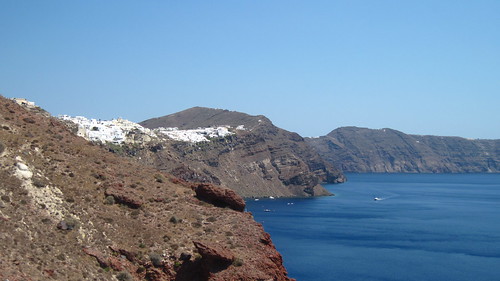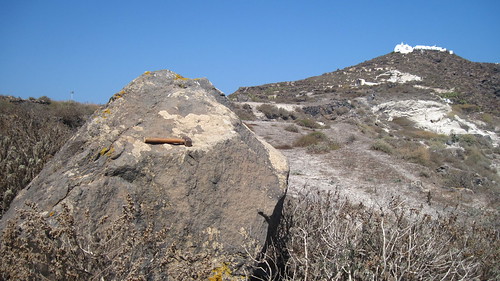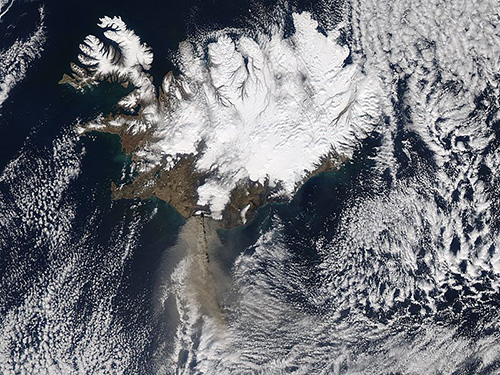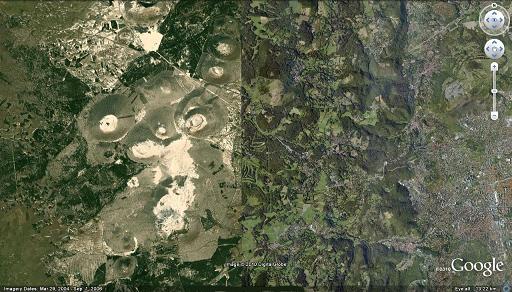 Pantelleria, Its Magma Chamber And Possible Impact On Global Climate
Pantelleria, Its Magma Chamber And Possible Impact On Global ClimateMy friend has written a paper on Pantelleria (which I am a co-author of), and I thought it was...
 The Rapid Timescales Of Caldera Volcanism
The Rapid Timescales Of Caldera VolcanismA new study in Nature shows that Santorini may have reactivated roughly a century before the Minoan...
 A Geologist's Experience (Accretionary Wedge 41)
A Geologist's Experience (Accretionary Wedge 41)For the 41st Accretionary Wedge Ron Schott asked for "the most memorable or significant geological...
 The Changing Composition Of The Eyjafjallajökull Eruption
The Changing Composition Of The Eyjafjallajökull EruptionAs I have a long train journey and not much to do, I can use it to write about this recent open...









